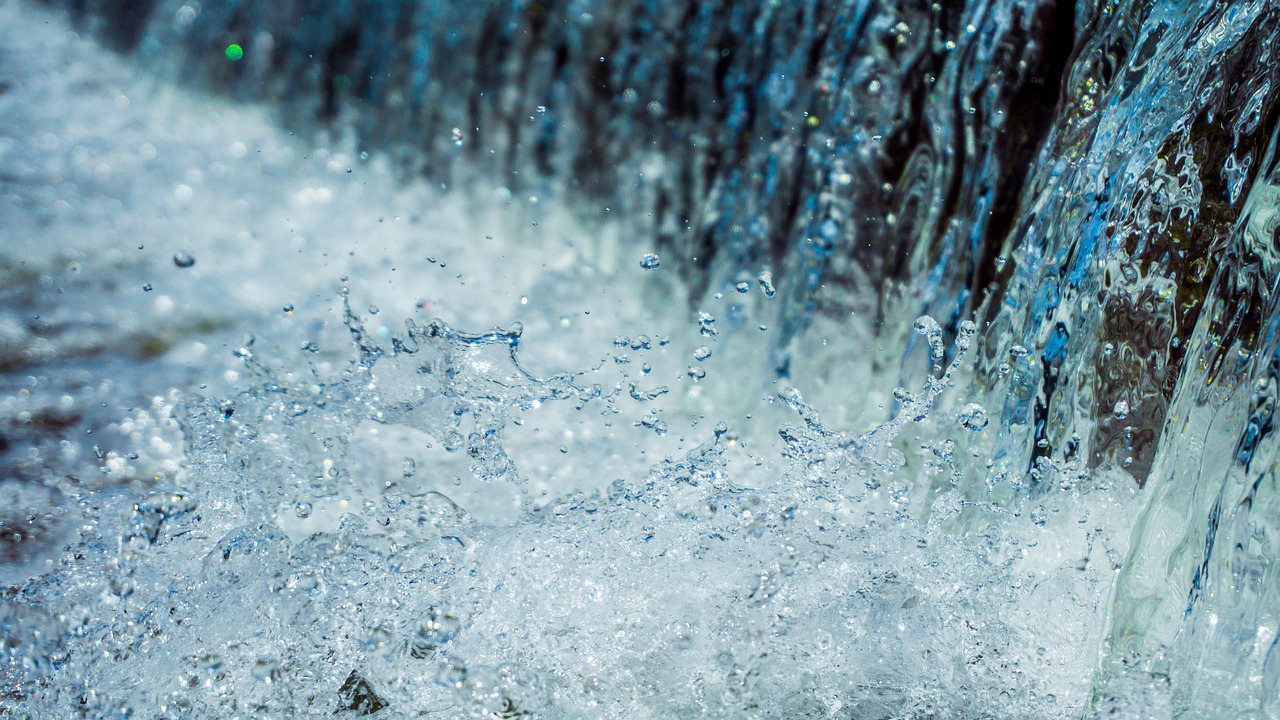How much water does AI actually use, according to researchers?
Artificial Intelligence (AI) is revolutionizing various industries, offering immense benefits such as enhanced efficiency, predictive analytics, and automation. However, one of the significant challenges associated with AI, particularly large models like GPT-3, is the substantial water consumption during the training process. Data centers, essential for processing and storing massive amounts of data, require vast quantities of water for cooling to prevent overheating.
The Water Footprint of AI Technologies
Artificial Intelligence (AI) models, especially large-scale ones like GPT-3, demand substantial amounts of water. The training process in data centers can evaporate hundreds of thousands of liters of clean freshwater. As AI technology continues to grow globally, projections indicate that billions of cubic meters of water may be withdrawn by 2027. This is a significant concern considering the ongoing freshwater scarcity crisis.
Research conducted by researchers at the University of California (Shaolei Ren – Cornell University indicates that training a large AI model like GPT-3 can consume around 700,000 liters of water. For simpler interactions, such as answering approximately 25 to 50 questions, it can use up to the equivalent of a 500 ml bottle of water.
Environmental Impact of AI
AI technologies have both beneficial and adverse effects on the environment. On the positive side, AI can aid in monitoring and addressing environmental issues, such as tracking methane emissions and combating deforestation. However, the infrastructure required to support AI, including data centers, consumes large amounts of electricity and water. This leads to increased greenhouse gas emissions and water depletion. Furthermore, producing AI hardware involves extracting critical minerals, which can severely impact ecosystems.
For interactions with large AI models, the water consumption can vary widely depending on the complexity and size of the model. For instance, training a large AI model like GPT-3 can consume around 700,000 liters of water. For simpler interactions, such as answering 10 questions, the water usage could be approximately 10 to 20 liters, depending on the server efficiency and cooling mechanisms used. In comparison, answering 10 questions with a search engine like Google would use approximately 3 to 5 liters of water, making AI models more water-intensive due to the higher computational requirements.
How much water does AI consume? – Shaolei Ren
Towards Sustainable AI
The concept of sustainable AI focuses on reducing the environmental footprint of AI technologies. This involves creating AI models that are more energy and water-efficient, utilizing renewable energy sources, and implementing water reclamation and recycling processes in data centers. Researchers are also investigating hybrid AI models that leverage various approaches to enhance efficiency and minimize resource consumption.
Source Of Information: Various Research Papers

